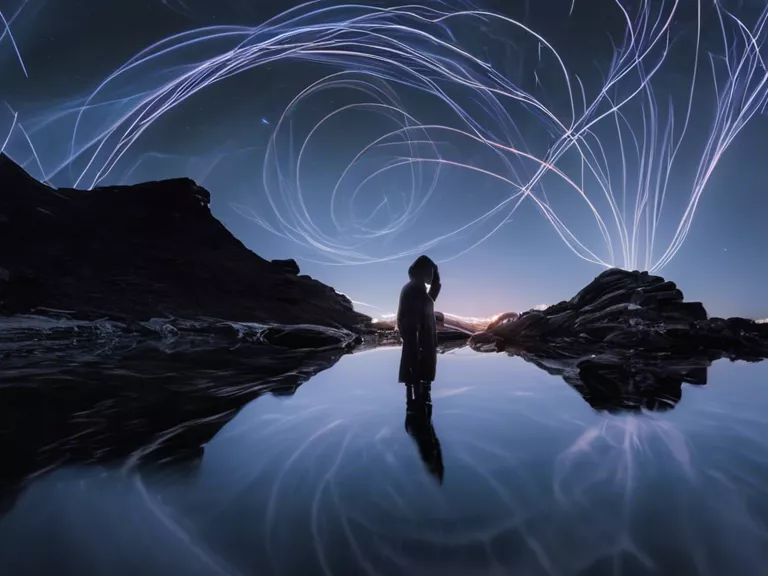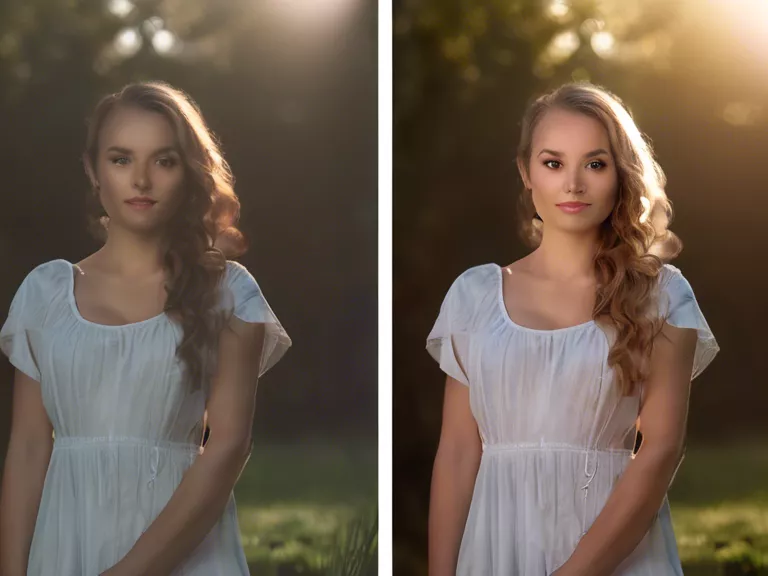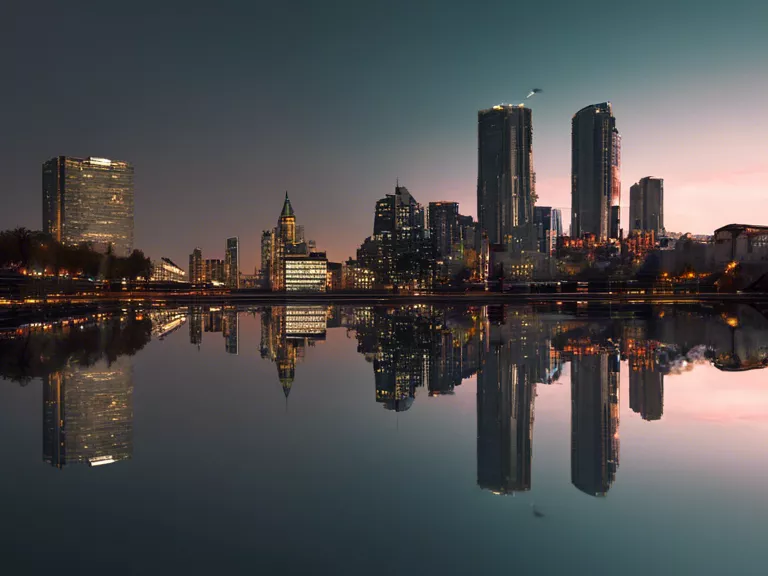
Depth of field is a powerful creative tool that can greatly enhance your portrait and landscape photography. By controlling the amount of sharpness in your images, you can draw attention to specific subjects, create a sense of depth, and add a touch of artistic flair to your photographs. In this article, we will explore how to utilize depth of field effectively to make your images stand out.
For portrait photography, a shallow depth of field is often preferred to isolate the subject from the background. This can be achieved by using a wide aperture (low f-stop number) on your camera. By keeping the subject in focus while blurring the background, you can create a visually striking image that emphasizes the person you are photographing. This technique is perfect for creating intimate portraits or capturing emotions in close-up shots.
In landscape photography, on the other hand, a deep depth of field is typically desired to keep everything in the frame sharp and in focus. This can be achieved by using a narrow aperture (high f-stop number) on your camera. By ensuring that both the foreground and background are sharp, you can create a sense of vastness and dimension in your landscape images. This technique is perfect for capturing sweeping vistas and intricate details in nature.
Experimenting with depth of field can also yield interesting and creative results. For example, using a shallow depth of field in a landscape image can help create a dreamy, ethereal atmosphere, while using a deep depth of field in a portrait can showcase the surroundings and add context to the subject. By playing with different depths of field, you can add visual interest and complexity to your photography.
In conclusion, mastering depth of field is essential for photographers who want to elevate their portraits and landscapes to the next level. By understanding how depth of field works and how to control it creatively, you can create stunning images that capture the attention of viewers and evoke strong emotions.



